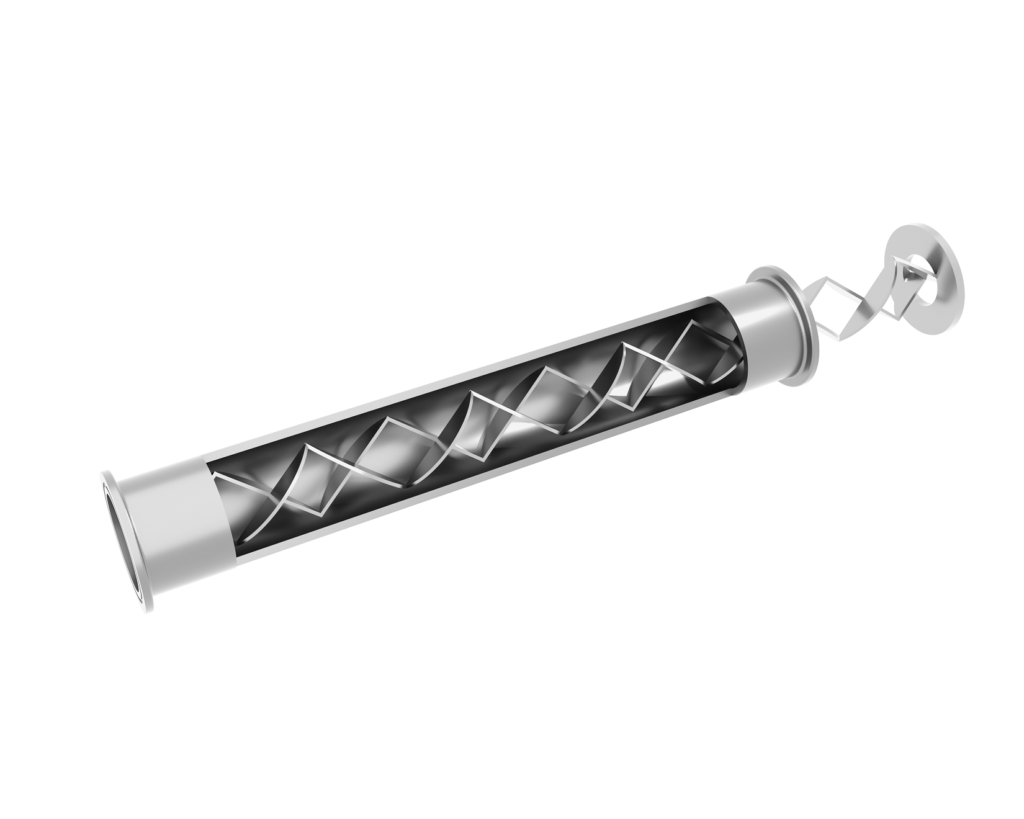Static Mixers
Static mixers are highly effective devices used in a variety of industries to blend and mix fluids or gases efficiently. They offer numerous advantages over traditional mixing methods, such as paddle or propeller mixers, by providing consistent and thorough mixing without the need for external energy sources.
These mixers typically consist of stationary components, often referred to as elements or blades, that are strategically arranged within a housing or pipe. The elements are designed to divide, redirect, and intermingle the fluid streams passing through them, creating turbulence and promoting efficient mixing.
Benefits
One of the key benefits of static mixers is their ability to ensure homogeneity in mixing processes. They can effectively blend components with different viscosities, densities, or concentrations, leading to more consistent and high-quality end products. This makes them particularly valuable in industries such as chemical processing, where precise and uniform mixing is critical for product quality and process efficiency.
Chemical Industry
In the chemical industry, they are widely used for mixing raw materials, additives, and catalysts during various manufacturing processes. They are employed for blending chemicals in applications like polymerization, emulsion formation, acid dilution, and pH adjustment. Static mixers also find use in the pharmaceutical industry for uniform blending of drug formulations and in the food and beverage industry for consistent mixing of ingredients during production.
Waster Water
Water and wastewater treatment plants rely on static mixers for various purposes. This includes coagulation and flocculation of suspended solids, and chemical dosing for disinfection. It also includes pH adjustment and the blending of different treatment chemicals. By ensuring uniform and efficient mixing, static mixers contribute to the overall effectiveness of water treatment processes.
Industries
Static mixers are also employed in a range of other industries, such as oil and gas, pulp and paper, and cosmetics. Their versatility and capability to handle a wide range of flow rates. It also has a wide range of viscosities making it an ideal choice for applications where precise and efficient mixing is required.
It is worth noting that static mixers are available in different designs and configurations to suit specific application requirements. Choosing the appropriate static mixer design depends on factors such as fluid properties. Also, desired mixing intensity, flow rate, and available space. Consulting with experts and manufacturers can help determine the most suitable static mixer for a given application.
In summary, static mixers offer a compelling solution for achieving efficient, consistent, and thorough mixing of fluids or gases. Their wide range of applications across various industries highlights their value. It helps in promoting product quality, process efficiency, and overall performance.



